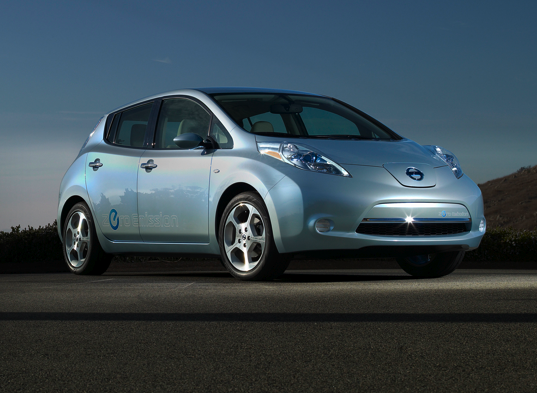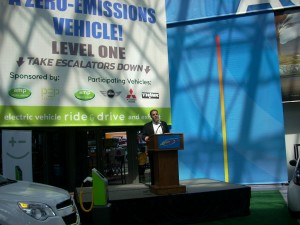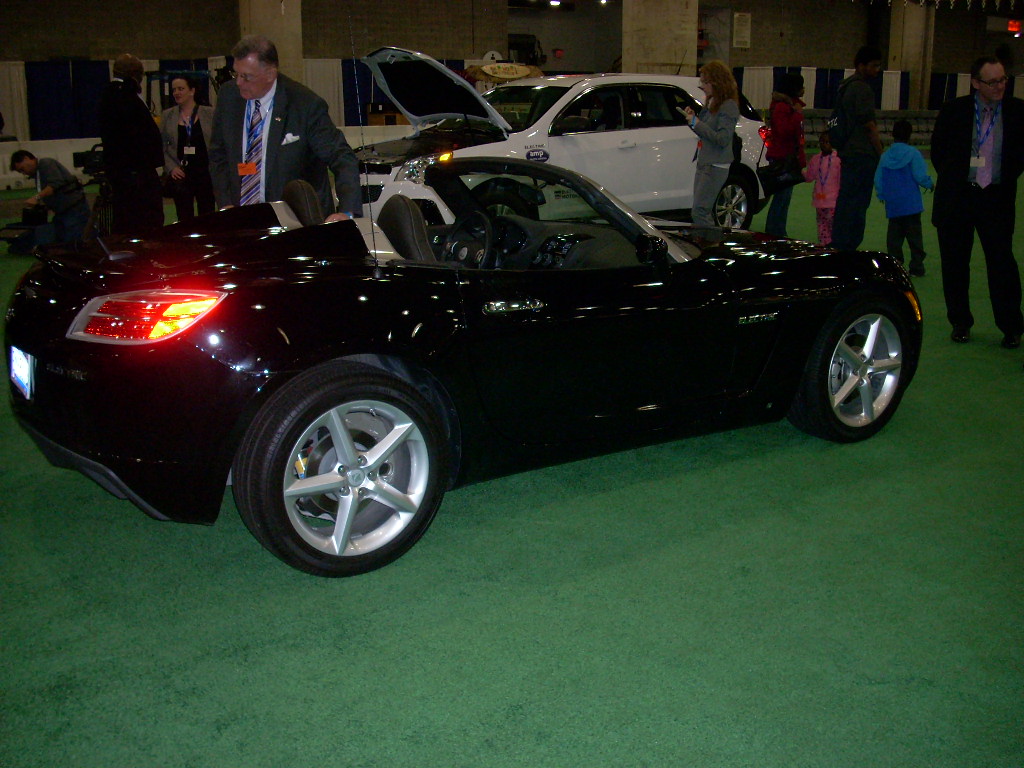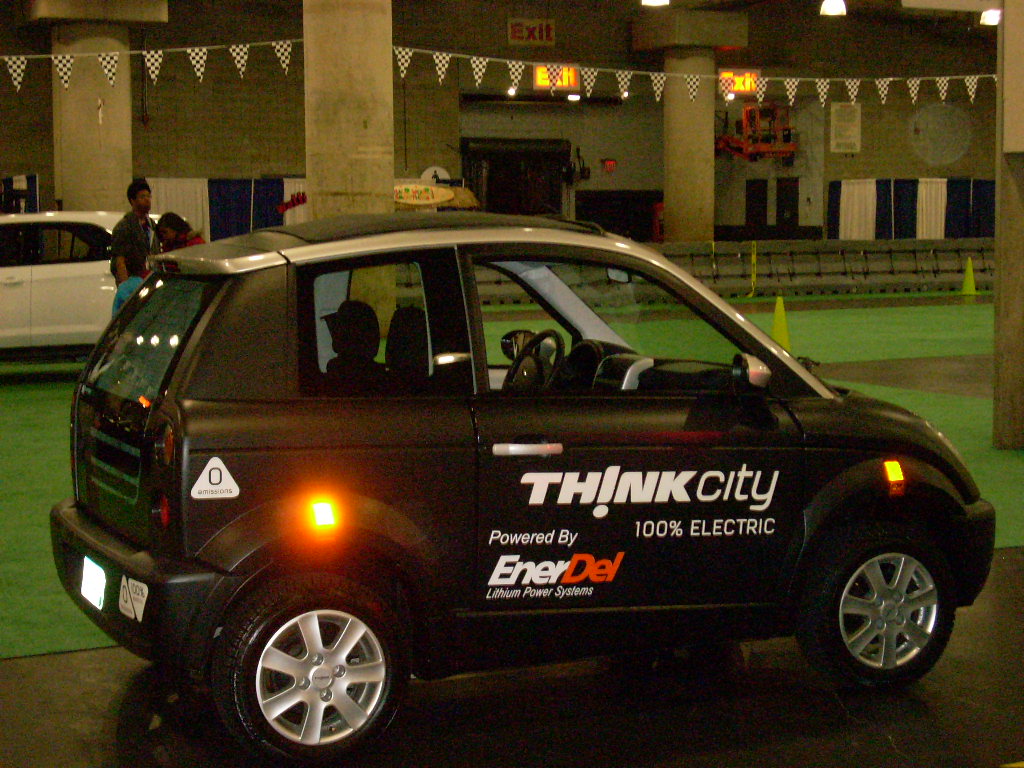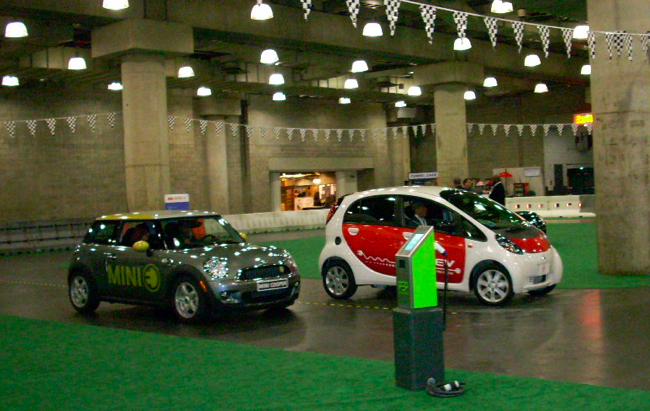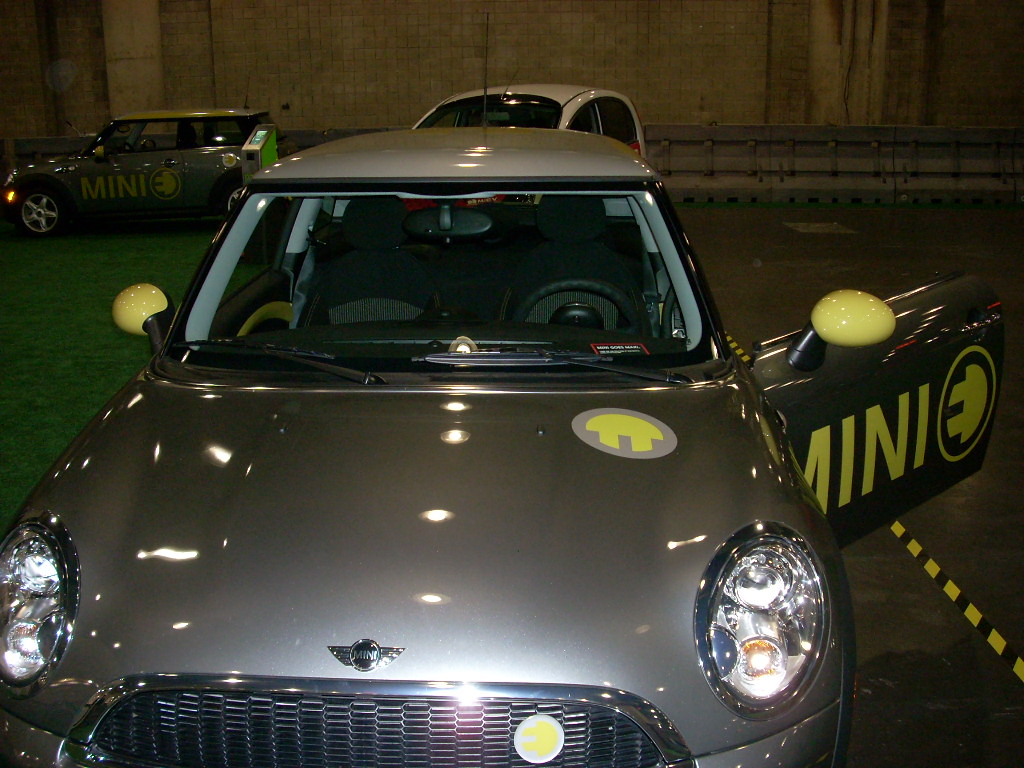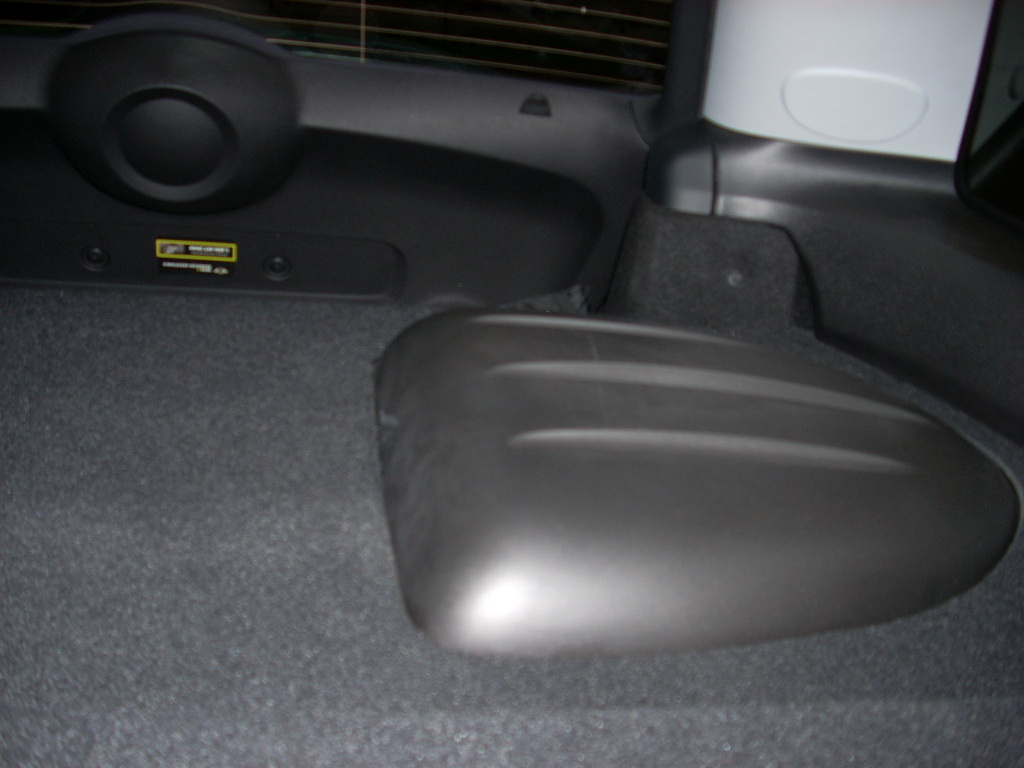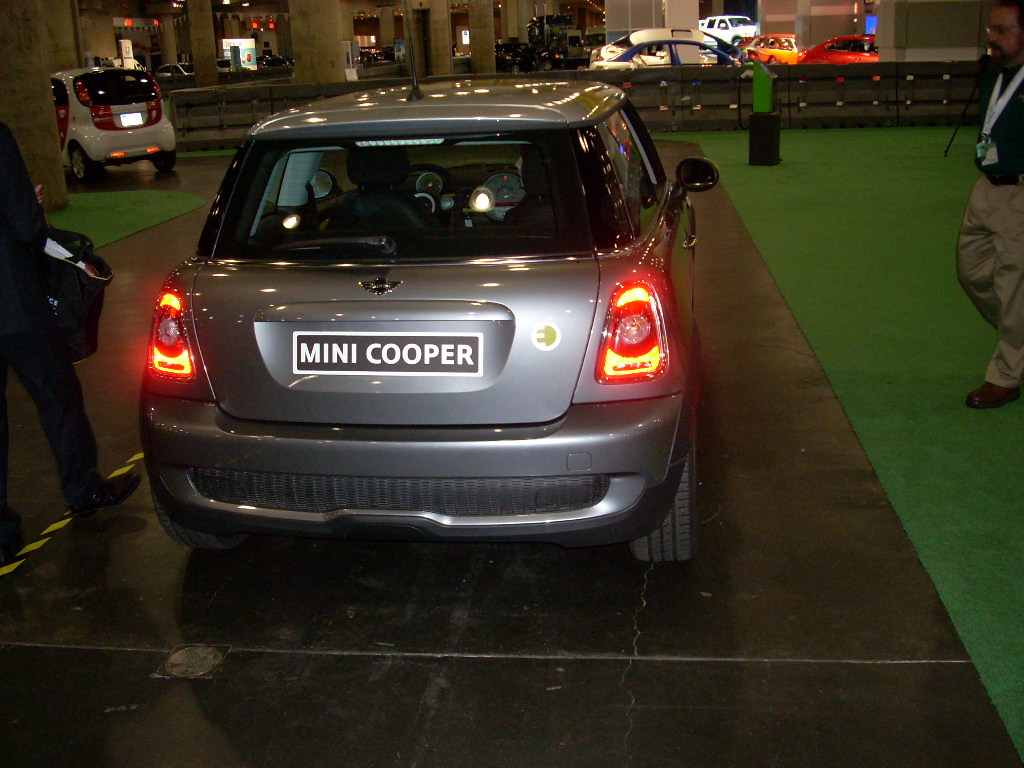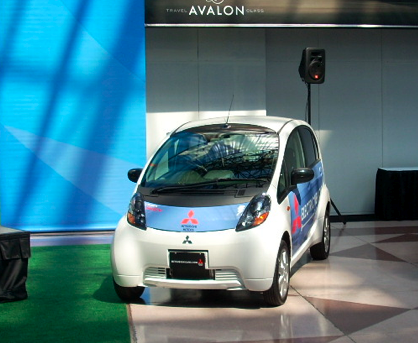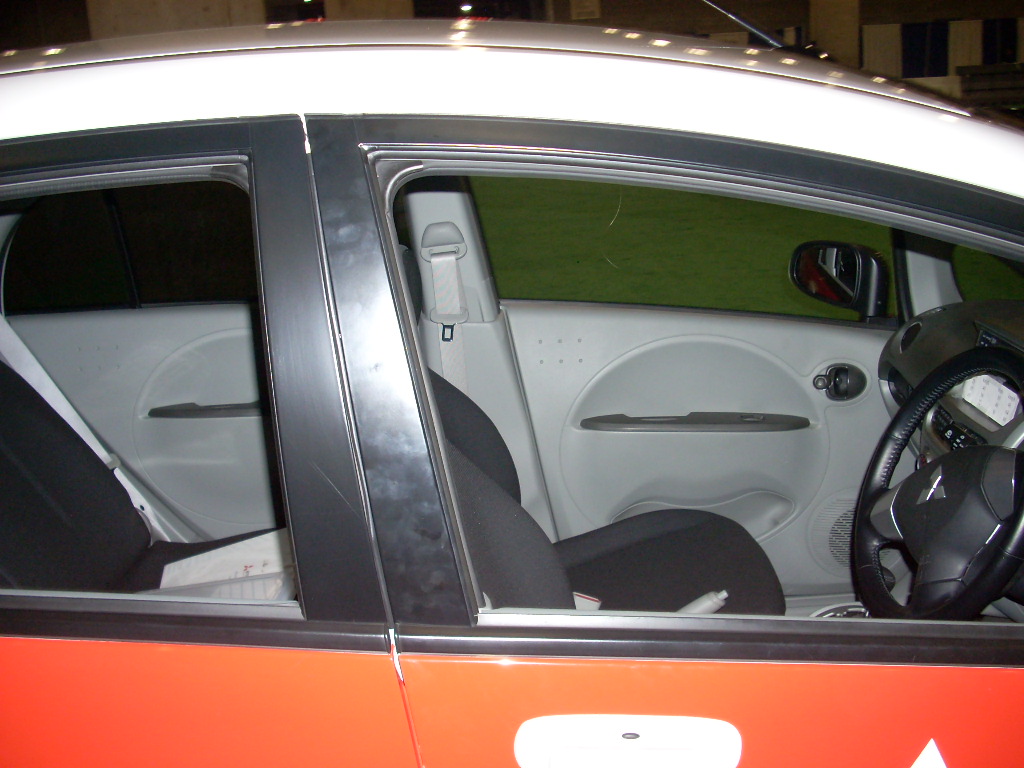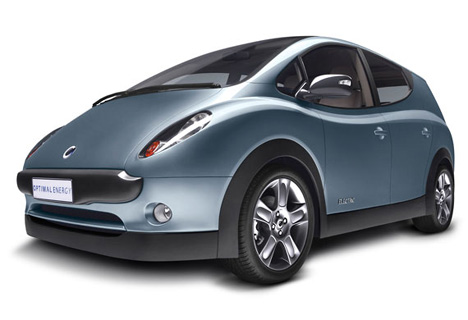
The Nissan Leaf, set to be released in select US markets by the end of this year, will be priced at around $25,000 after a $7,500 federal tax credit. This will be about $7,500 less than the Chevy Volt after tax credits, which will be released about a month beforehand. In the upcoming weeks, people will be able to make refundable $100 dollar deposits on the Leaf. So far there has been an overwhelming interest in this compact four door hatchback with a 100 mile electric range. Nationwide availability will begin in 2011. Nissan sounds pretty serious about an electric future, and we think they are right. Here is their full press release:
NISSAN PRESS RELEASE
NISSAN DELIVERS AFFORDABLE SOLUTIONS FOR PURCHASE, LEASE OF ALL-ELECTRIC NISSAN LEAF
As low as $25,280 ($32,780 MSRP minus up to $7,500 federal tax credit)
Lease world’s first mass-marketed EV for $349 per month
FRANKLIN, Tenn. (March 30, 2010) – Nissan North America, Inc. (NNA) today announced U.S. pricing for the 2011 Nissan LEAF electric vehicle, which becomes available for purchase or lease at Nissan dealers in select markets in December and nationwide in 2011. Nissan will begin taking consumer reservations for the Nissan LEAF April 20.
Including the $7,500 federal tax credit for which the Nissan LEAF will be fully eligible, the consumer’s after-tax net value of the vehicle will be $25,280. The Manufacturer’s Suggested Retail Price *(MSRP) for the 2011 all-electric, zero-emission Nissan LEAF is $32,780, which includes three years of roadside assistance. Additionally, there is an array of state and local incentives that may further defray the costs and increase the benefits of owning and charging a Nissan LEAF – such as a $5,000 statewide tax rebate in California; a $5,000 tax credit in Georgia; a $1,500 tax credit in Oregon; and carpool-lane access in some states, including California.
As a result of aggressive pricing and the availability of the $7,500 federal tax credit whose benefit is immediately included, Nissan will be able to offer a monthly lease payment beginning at $349, not including state or local incentives, which could further reduce the net cost of the Nissan LEAF.
“Imagine the possibility of never needing to go to a gas station again. Or of paying less than $3 for 100 miles behind the wheel. Or of creating zero emissions while driving,” said Brian Carolin, senior vice president, Sales and Marketing, NNA. “Nissan leads the industry by offering the first affordable, zero-emission vehicle for the mass market. Nissan LEAF truly is in a class by itself.”
The vehicle at the SV trim level is well-equipped with a variety of standard features, including an advanced navigation system and Internet/smart phone connectivity to the vehicle, enabling pre-heat/pre-cool and charging control. Nissan LEAF is equipped with energy-efficient LED headlights and makes extensive use of recycled and recyclable materials, such as seat fabric, instrument panel materials, and front- and rear-bumper fascias. Other standard amenities include Bluetooth connectivity; Intelligent-key with push button start; Sirius/XM satellite radio capabilities and roadside assistance. Safety features include vehicle dynamic control (stability control), traction control and six airbags. The SL trim level, available for an additional $940 (MSRP), adds features including rearview monitor, solar panel spoiler, fog lights, and automatic headlights.
Reservations and Purchase
In order to ensure a one-stop-shop customer experience, Nissan is carefully managing the purchase process from the first step, when consumers sign up on NissanUSA.com, until the customer takes the Nissan LEAF home and plugs it into a personal charging dock.
• Nissan begins accepting reservations on April 20 first from people who have signed up on NissanUSA.com, and, after a brief introductory period, to all interested consumers.
• Consumers will be required to pay a $99 reservation fee, which is fully refundable.
• Reserving a Nissan LEAF ensures consumers a place in line when Nissan begins taking firm orders in August, as well as access to special, upcoming Nissan LEAF events.
• Rollout to select markets begins in December, with nationwide availability in 2011.
Charging Equipment
In tandem with the purchase process, Nissan will offer personal charging docks, which operate on a 220-volt supply, as well as their installation. Nissan is providing these home-charging stations, which will be built and installed by AeroVironment, as part of a one-stop-shop process that includes a home assessment.
• The average cost for the charging dock plus installation will be $2,200.
• Charging dock and installation are eligible for a 50 percent federal tax credit up to $2,000.
Using current national electricity averages, Nissan LEAF will cost less than $3 to “fill up.”
• Nissan LEAF also will be the sole vehicle available as part of The EV Project, which is led by EV infrastructure provider eTec, a division of ECOtality, and will provide free home-charging stations and installation for up to 4,700 Nissan LEAF owners in those markets.
In North America, Nissan’s operations include automotive design, engineering, consumer and corporate financing, sales and marketing, distribution and manufacturing. Nissan is dedicated to improving the environment under the Nissan Green Program 2010, whose key priorities are reducing CO2 emissions, cutting other emissions and increasing recycling. More information on the Nissan LEAF and zero emissions can be found at www.NissanUsa.com.
MSRP excludes applicable tax, title and license fees. Dealer sets actual price. Prices and specs are subject to change without notice.

